The year 2025 marks two anniversaries for the city of Massa: the 110th anniversary of the birth of sculptor Gigi Guadagnucci (Massa, 1915 - 2013) and the 10th anniversary of the opening of the Museum dedicated to him, housed in Massa’s 18th-century Villa Rinchiostra. To celebrate both events, the Municipal Administration of Massa, in particular the Department of Culture, has promoted an exhibition that puts two protagonists of 20th-century Italian sculpture in dialogue: Gigi Guadagnucci and Gio’ Pomodoro.
The exhibition project, titled Gigi Guadagnucci Gio’ Pomodoro | Conversation on Nature, will open on June 21, the day of the summer solstice, at 6 p.m. at the Guadagnucci Museum. Curated by MircoTaddeucci, in collaboration with Bruto Pomodoro, son of the artist and vice president of theGio’ Pomodoro Archive, chaired by Rossella Farinotti, the exhibition features critical texts by Paolo Bolpagni, art historian and director of the Ragghianti Foundation. The intent is to relate two artistic paths that are distinct in language but share a common focus on matter and the dynamics of nature, the central theme of the confrontation.
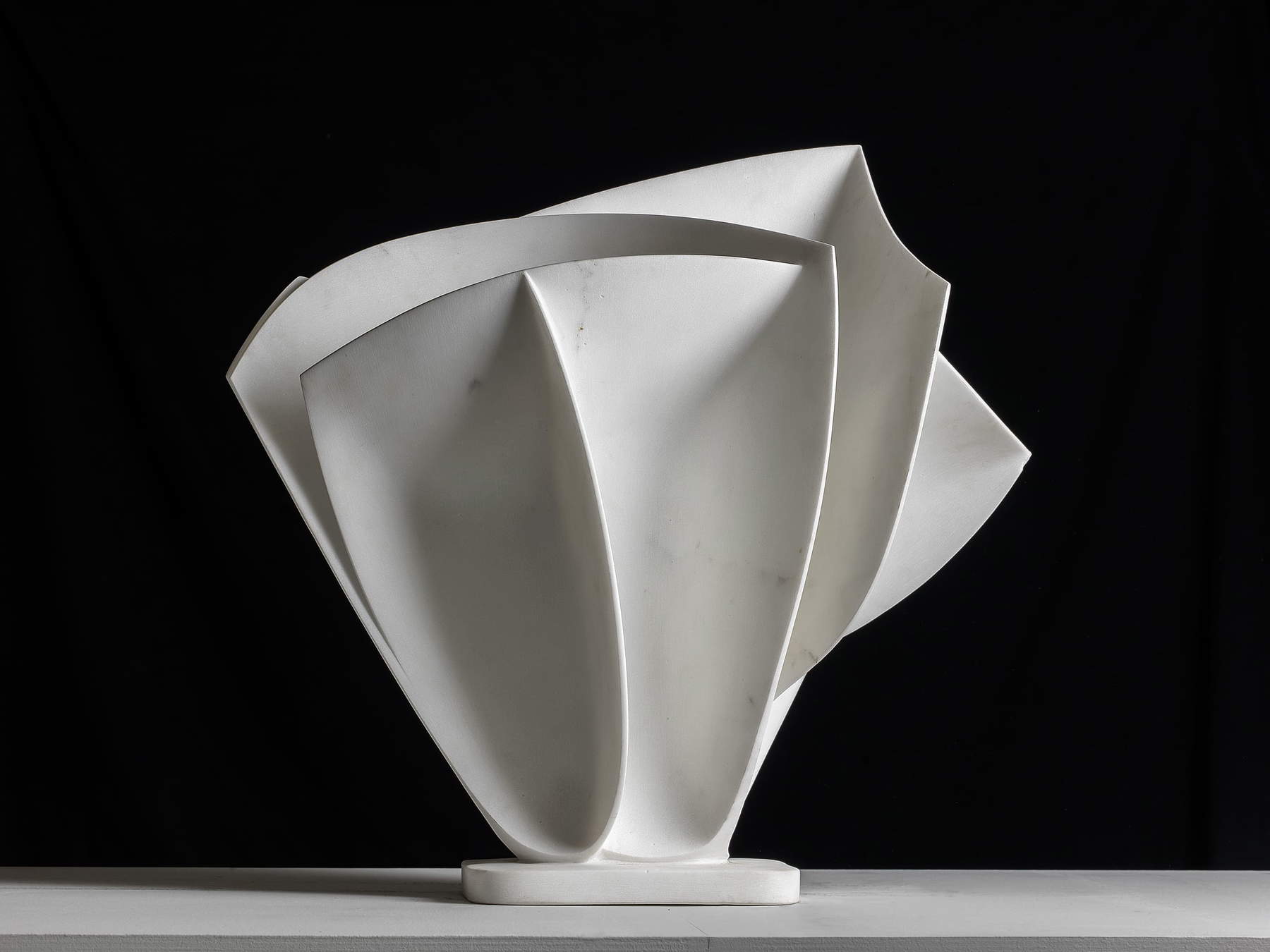
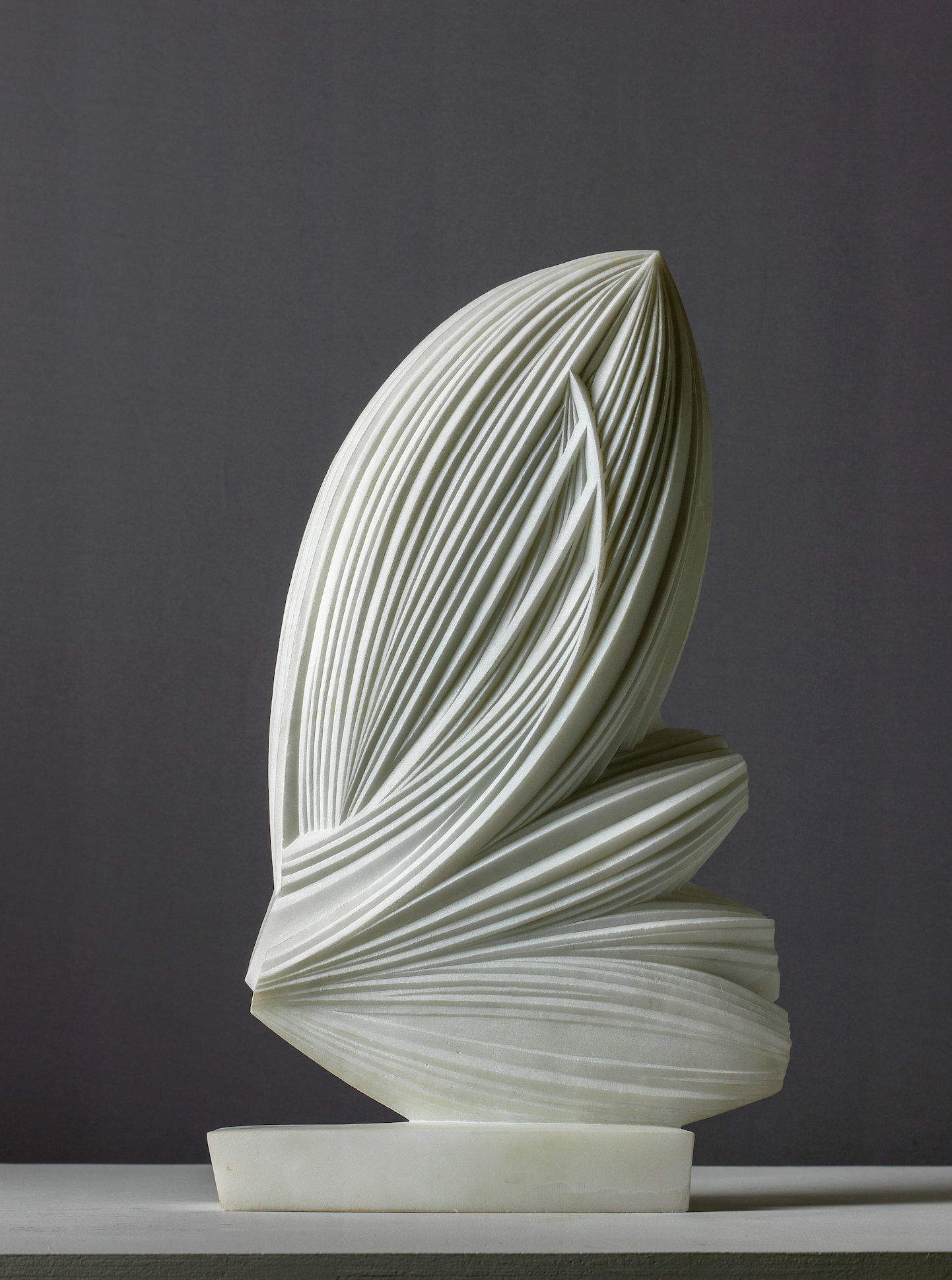
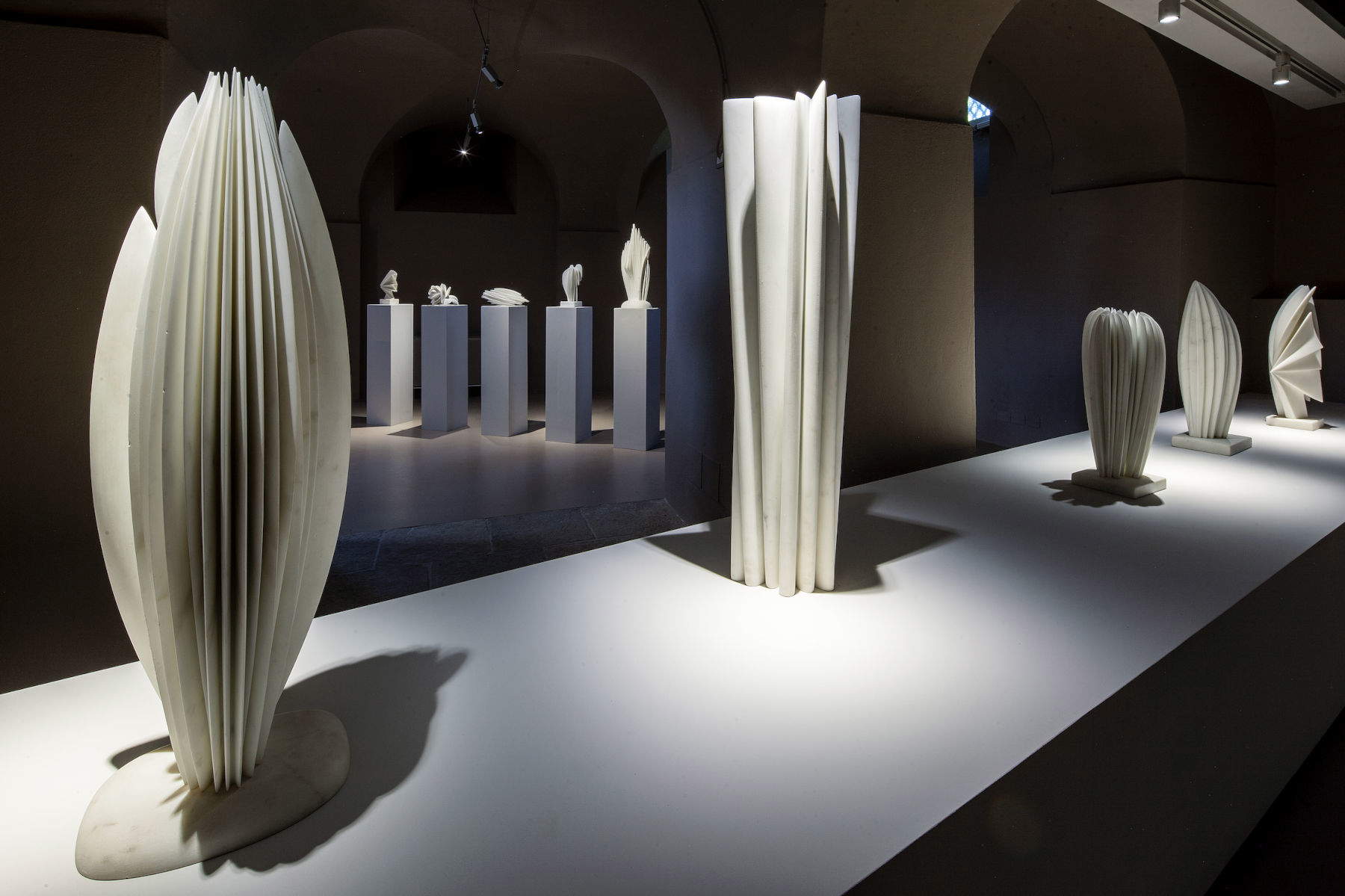
“This exhibition represents for our city the start of an ambitious artistic journey aimed at the enhancement of contemporary art and the regeneration of urban spaces,” says Massa Mayor Francesco Persiani. “Massa proudly welcomes an exhibition of national significance, which not only promotes the dialogue between art and landscape, but also emphasizes the historicity of Villa Rinchiostra and its recently restored historic garden.”
“Hosting the works of Gio’ Pomodoro is an honor for the entire city and for the museum that bears the name of the artist to whom it is dedicated: Gigi Guadagnucci,” adds Culture Councilor Monica Bertoneri. “The Massese artist who developed his art at the foot of the Apuan Alps and exported it across the border, collaborating with great international artists, was the source of inspiration for the long journey that led us to the creation of the exhibition. I am certain that this is only the beginning of an artistic journey that will see the City of Massa as a protagonist.”
“The sensual and florid forms of Guadagnucci’s plant subjects return, beyond representation, the desire to investigate the articulation and relationships of natural forms in space with rhythmic outcomes that push him to abstraction,” says exhibition curator Mirco Taddeucci. “The light and the subtle, lamellar balances of the marbles testify to the aspiration to escape gravity, which achieves results of absolute lightness in the ’meteor passages.’ Pomodoro’s anticipations, with the transition from the initial organic-vegetal organization of signs to ’surfaces in tension,’ will locate the physical phenomenon of nature in its continuous flow. In the long evolution of his production, the Versilia period, through stone, will see ”the value of tension transformed into torsion.“ Here the figure expressing a regulating system will be the Sun.”
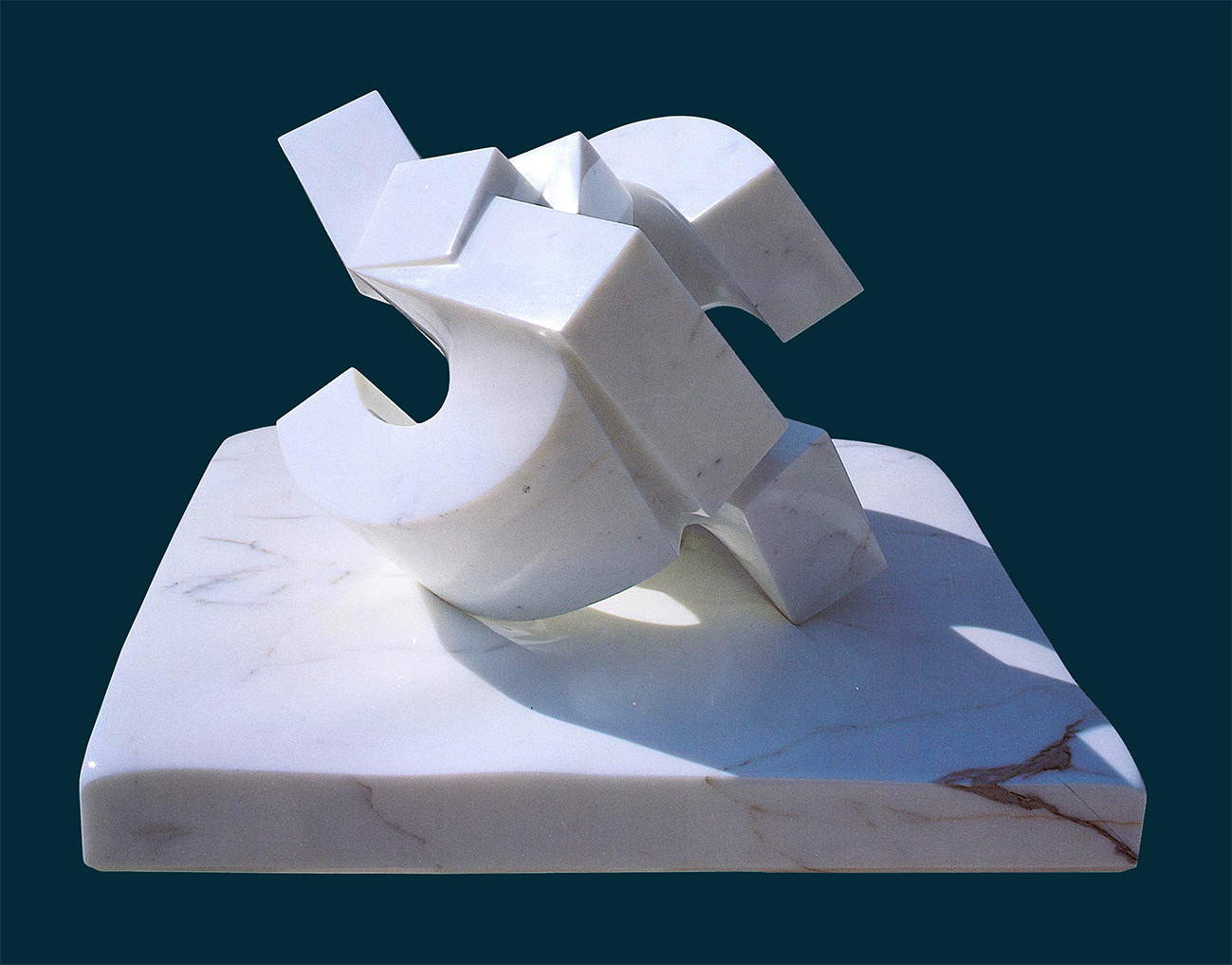
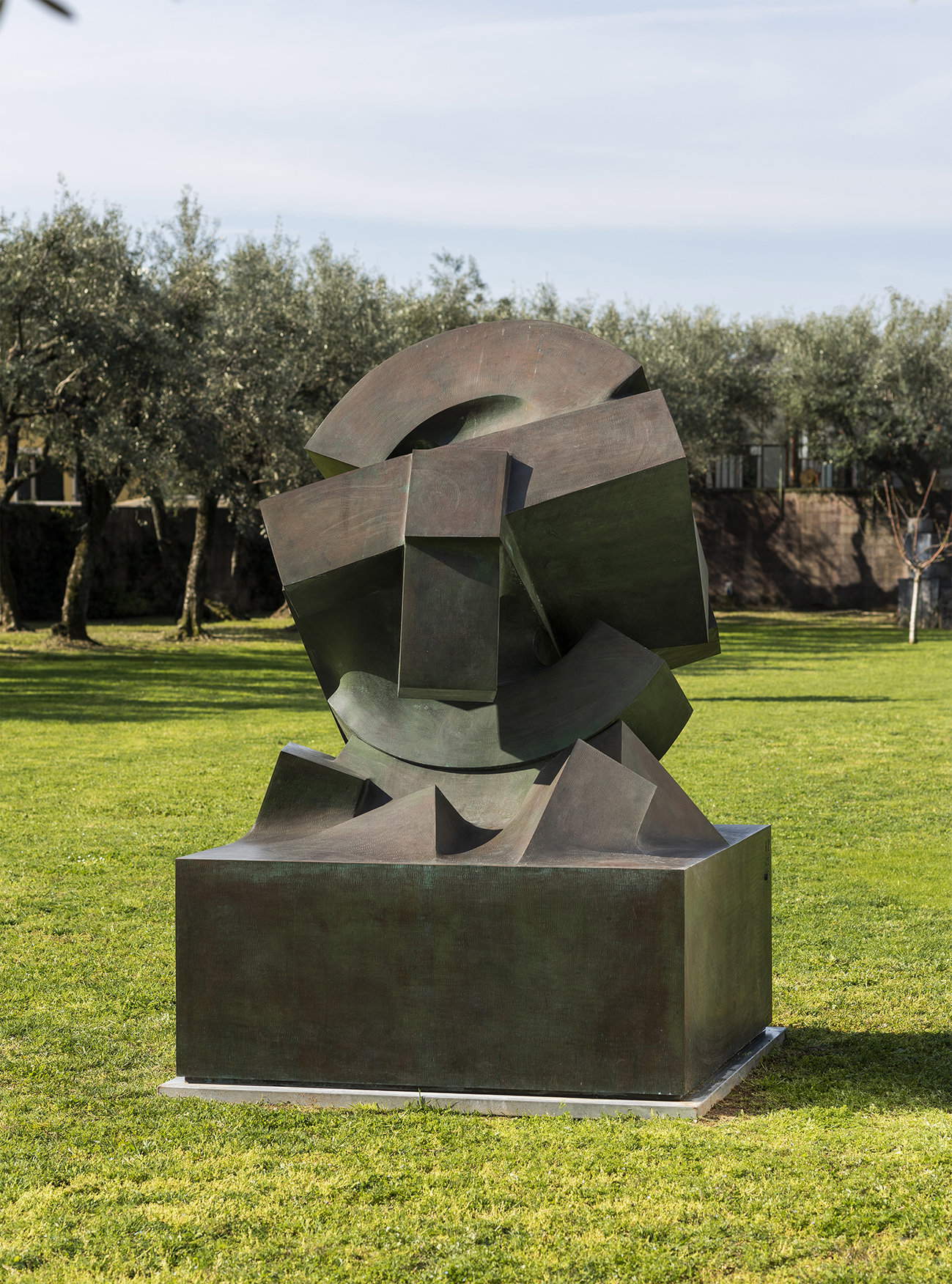
The exhibition includes eighteen works, including thirteen sculptures and five drawings. The sculptures belong in part to the Guadagnucci Museum’s permanent collection, while others come from public and private collections. Pomodoro’s drawings also include an unpublished work. The distribution of the works follows a dialogical logic. The ground floor of the museum contains numerous sculptures, placed next to those already in the museum’s collection, while the second floor concentrates most of Gio’ Pomodoro’s works. Displayed alongside them are three Guadagnucci creations: two from the Matteucci Center for Modern Art Foundation and one from the private collection of the sculptor’s wife.
Prominent among Guadagnucci’s works are Liana, Rondine and Etoile, prime examples of his research on sculptural form. His sculpture oscillates between figuration, stylization and abstraction, always maintaining a clear expressive charge. Guadagnucci achieves results of extreme lightness and transparency thanks to a marble working technique that, despite its complexity, restores the visual illusion of evanescent materials. Surfaces take on the appearance of impalpable foils, structured in layers that evoke beams of light. This research on matter, conducted with rigor and sensitivity, is one of the most recognizable aspects of his work. Gio’ Pomodoro’s works, on the other hand, focus on dynamics and movement. His poetics is not aimed at the representation of nature, but at understanding the laws that regulate its internal processes. His approach aims to express the mechanisms of growth, expansion and contraction through geometric structures and rhythmic trends. Many of his sculptures are derived from cylindrical elements that, broken down and articulated, suggest torsion as a formal and expressive principle. Works in the exhibition include Folla, Sole Caduto per Galileo Galilei and Tracce, emblematic examples of his treatment of space, volume and the balance between tension and form. The 18th-century garden surrounding the museum, an area characterized by rigorous geometry and the presence of numerous botanical species, is also integrated into the project. A sculpture by Gio’ Pomodoro, chosen to dialogue directly with the surrounding plant environment, will be exhibited here. This placement allows to strengthen the theme of “nature” as a common element, although approached in different ways by the two artists.
“The dialogue between Gigi Guadagnucci and Gio’ Pomodoro is an action that, sooner or later, historically and formally had to be addressed,” he continues. Rossella Farinotti “The urgency of relating two colleagues - marble virtuosi - from two different generations, but who, by territoriality and, indeed, similarities in their poetic, analytical approach and relationship with space towards sculpture, was tangible.”
“A ’conversation, then,’” stresses Paolo Bolpagni, "not extrinsic, since reflecting on nature is at the heart of the art of Gio’ Pomodoro and Gigi Guadagnucci, who, in the century of sculpture that had to (and wanted to) rethink itself, offered different but comparable solutions, and united by some fundamental factors. And it is nice, for an exhibition opening on the day of the summer solstice, to observe that they both meditated on the Sun."
Further strengthening the link between sculpture and the urban landscape, the initiative will include the installation of Gio’ Pomodoro’s bronze work Sole Deposto in Piazza Aranci, near the obelisk. The choice of the location is not random: the obelisk, in fact, also serves as a sundial, signaling the summer solstice, the opening date of the exhibition. In this way, the exhibition intervention leaves the museum rooms and opens to the city, creating a visual and conceptual bridge between the Villa and the heart of Massa. Guadagnucci and Pomodoro, although moved by distinct instances, one oriented toward the rarefaction of marble, the other toward the dynamic tension of matter, offer points of contact that clearly emerge in the installation dialogue. The opening of the exhibition on solstice day, with the work Sole Deposto symbolically marking astronomical time and that of artistic memory, suggests a further link between art, science and natural cyclicity. An intention consistent with the spirit that animated both Gio’ Pomodoro’s and Gigi Guadagnucci’s work.
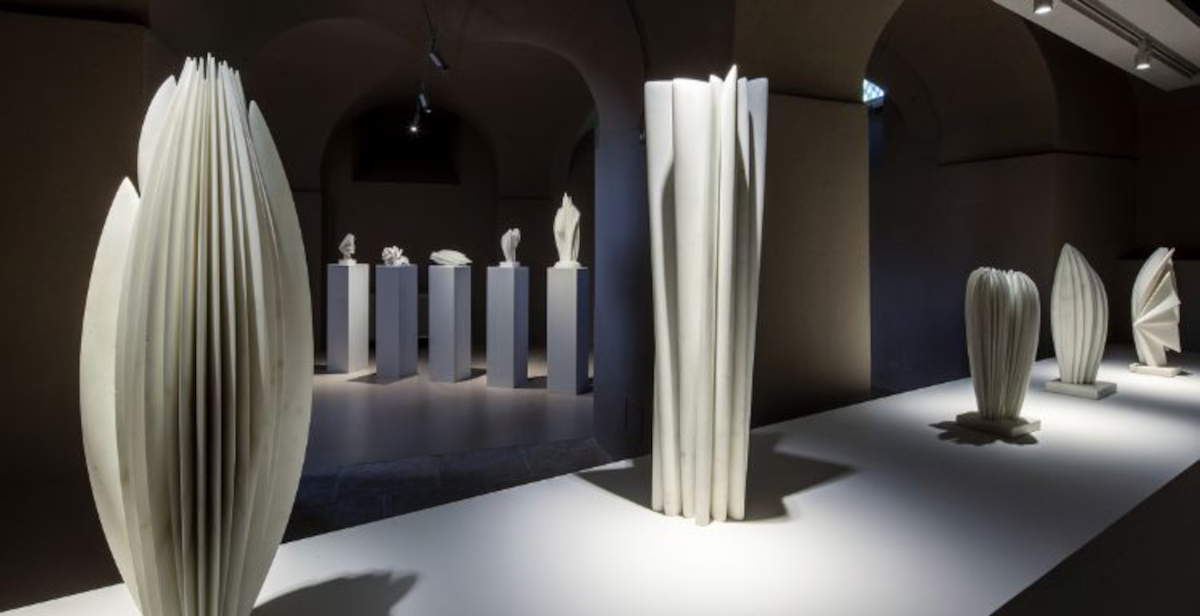 |
| Sculpture in dialogue: Giò Pomodoro and Gigi Guadagnucci compared in Massa |
Warning: the translation into English of the original Italian article was created using automatic tools. We undertake to review all articles, but we do not guarantee the total absence of inaccuracies in the translation due to the program. You can find the original by clicking on the ITA button. If you find any mistake,please contact us.